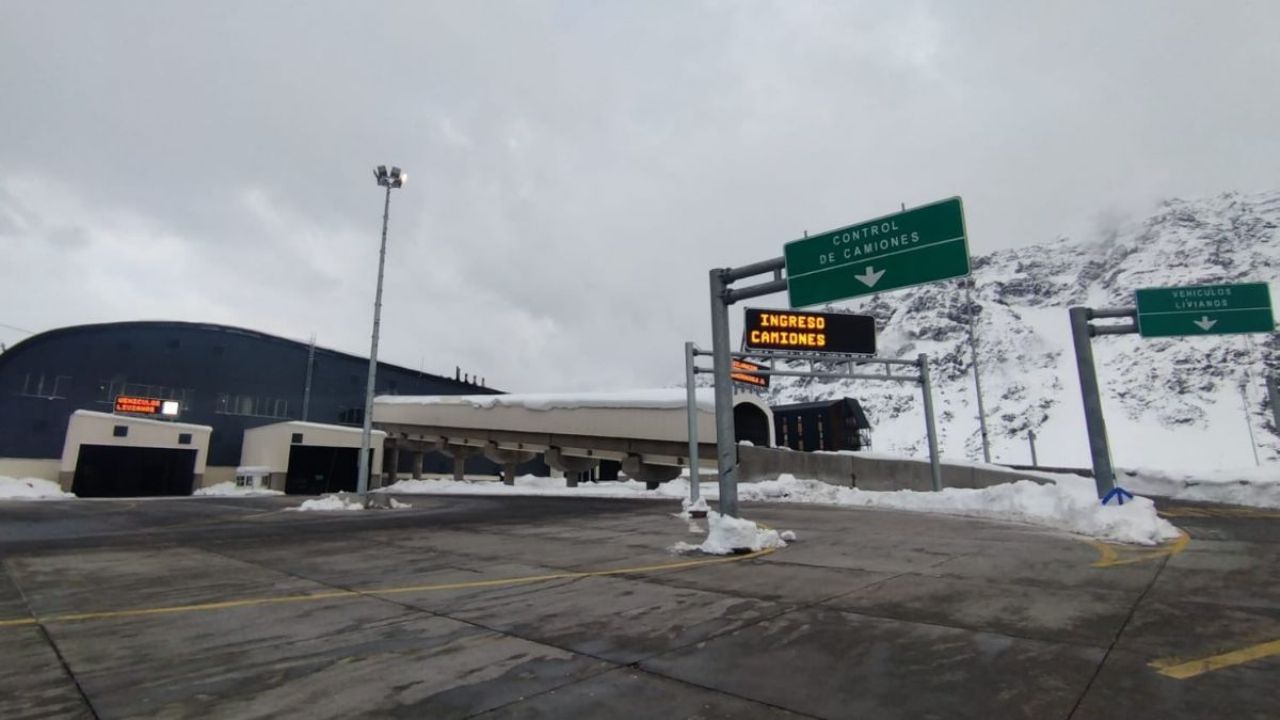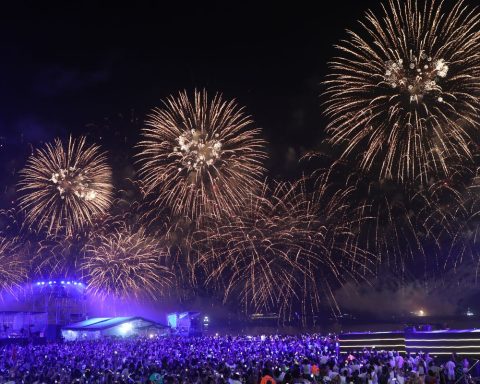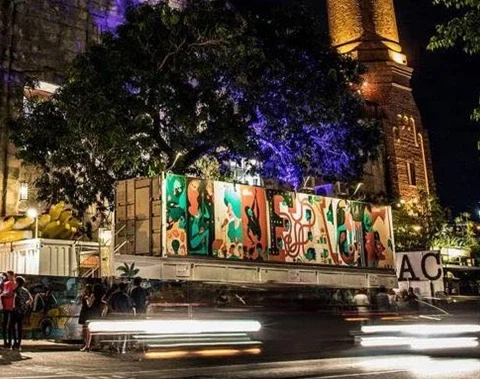He Christ the Redeemer Stepthe main land crossing between Chile and Argentina, has modified its operation as of September 1st with the implementation of daylight saving time. This change, which will remain in effect until the end of May, allows the crossing to remain open 24 hours a day, thus eliminating the time restrictions that applied during the winter. This adjustment responds both to the more favorable weather conditions and to the significant increase in vehicle traffic during this season.
During the winter months, the crossing was closed on numerous occasions due to heavy snowfall, causing significant delays and complications for travelers. Now, with 18 booths operating full-time at certain times during the summer, authorities in both countries are faced with the challenge of avoiding the long lines and delays that often occur during January and long weekends, when the crossing to the border is the busiest. Argentina becomes especially congested.
Before embarking on a journey through the Christ the Redeemer Stepdrivers should check certain key information to avoid inconveniences. First, they should confirm whether the international tunnel is open, as unexpected closure can frustrate travel plans. Second, it is important to check the weather conditions in the high mountains, where conditions can change quickly, affecting the safety of the journey.
Another essential aspect to consider is the transitability of the National Route 7which is the main access route to the pass. This route often faces closures due to accidents, especially during periods of high traffic. These incidents can cause considerable delays, so it is advisable to stay informed about the road conditions before setting out.
The start of daylight saving time in the Christ the Redeemer Step brings with it the promise of greater flexibility and accessibility for those crossing the border between Chile and Argentina. However, being well prepared and aware of the potential complications is essential to ensure a safe and smooth journey.


















